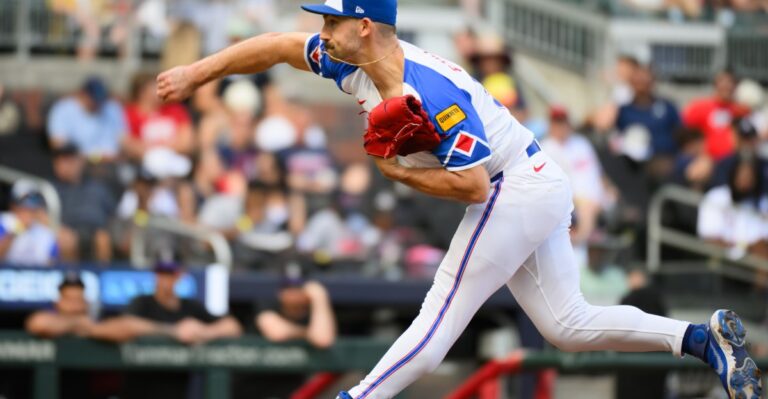Leaving aside that there are still a few games to go, and that ultimately none of these good starts amounted to much… let’s gesticulate about this in a vacuum for a moment, anyway.
This question was prompted by Hurston Waldrep’s efforts yesterday afternoon, which yielded, if not the best, then at least one of the best efforts from a Braves starter in 2025: five innings, an 8/0 K/BB ratio, and about 40 percent of the contact against him on the ground. With no homers, that’s good for a shiny -0.05 FIP (1 FIP-) and 0.26 xFIP (8 xFIP-). Sure, he was “charged” with three runs, but I think at this point we’re beyond penalizing a guy for the foibles of the positioning and defensive play behind him, as well as whatever problems sequencing wants to create (Waldrep’s strand rate was just 40 percent in the outing).
So, let’s go through a bit systematically.
Here are the Braves’ best starts of 2025 by FIP, which is essentially “best starts by outcomes in terms of things that are solely within the pitcher’s control”:
What about by xFIP, which is essentially “best pitching” without worrying about how HR/FB helps or hurts the pitcher in the start? Well, it’s the exact same three starts as above. So that’s boring.
Okay, what about by wOBA-against, which is absolutely not a way of measuring pitching quality, but we’re basically lumping pitcher and team defense together in a way that still ignores sequencing:
Let’s mix it up a bit. Let’s take defense and positioning out of the equation, keep leaving sequencing out, and focus on contact management via xwOBA-against. Technically, xwOBA is more driven by the batter than the pitcher, which is why it’s also not a great measure of pitching effectiveness, but may as well:
Lastly, if we do Game Score, which ignores all the prattle above and basically does your bog-standard 1990s-style color commentary slash fantasy sports generic scoring, we get:
So, nothing not covered elsewhere.
Anyway, what’s your take?


